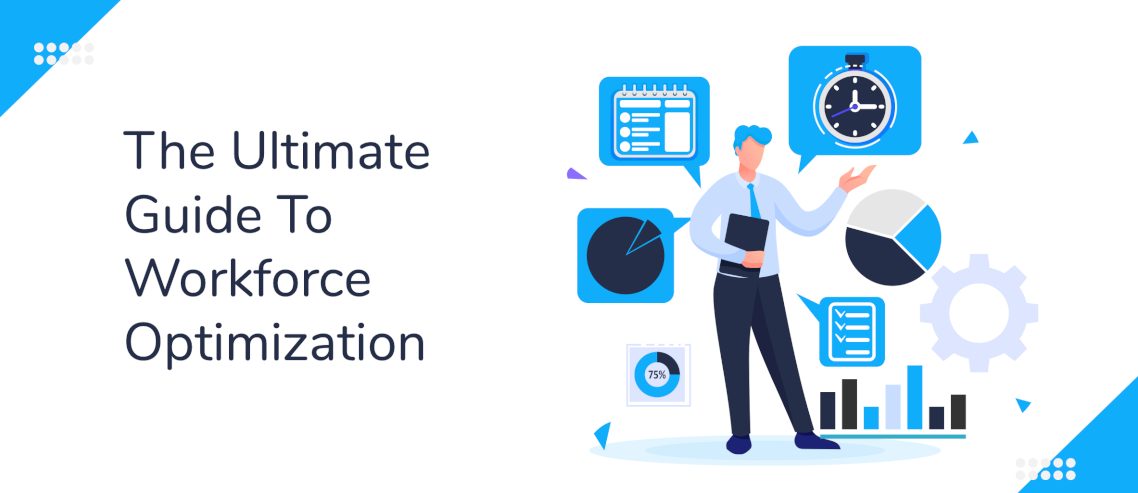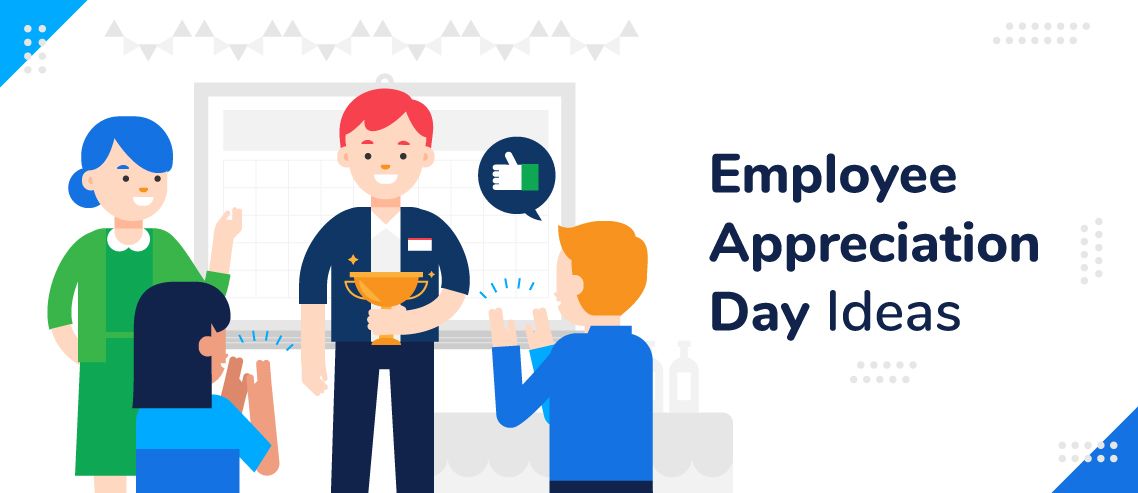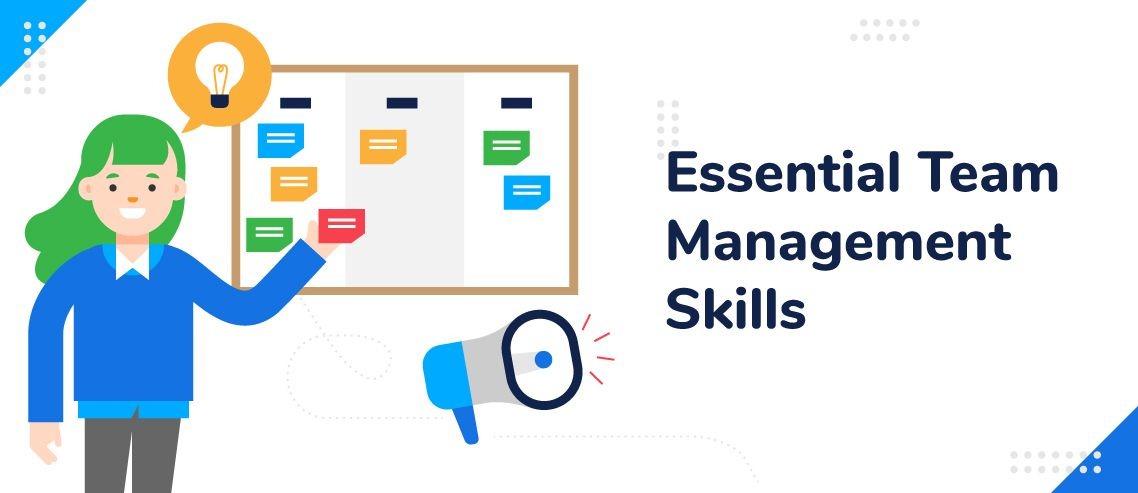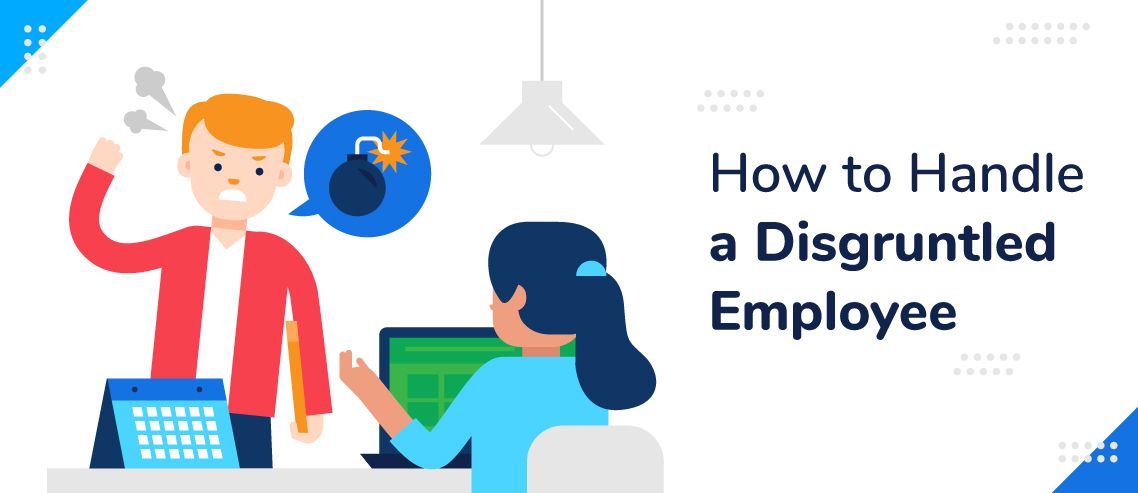An Ultimate Guide For Workforce Optimization

The value of hard work is often drummed into us from a young age. “Putting the hours in” is seen as a desirable trait, and one that’ll ultimately get you the rewards you deserve.
But while that attitude may have made sense in the age of manual labor, it’s less relevant to a world that’s increasingly driven by technology and automation.
Today, it’s more useful for organizations to work smarter rather than harder, making full use of sophisticated solutions to ensure the right people are working on the right tasks at the right time.
Workforce optimization (WFO) can help businesses do exactly that.
What is Workforce Optimization — WFO?
Workforce optimization (aka WFO) is exactly what it sounds like: maintaining the lowest possible operational costs while delivering the highest possible levels of customer satisfaction. It involves using company-wide processes, shared goals, and smart technologies to delight customers while also achieving efficiencies.
Of course, it’s no easy task to get that balance right. Drive too many efficiencies and your service levels will eventually suffer.
Getting it right requires organizations to tap into workforce performance data to ensure staffing levels are high enough to cope with periods of high demand, and that the top performers are being utilized effectively. As such, optimizing your workforce means guaranteeing that everyone within your organization has access to the information they need, when they need it.
What Types of Organization Can Benefit From WFO?
WFO was forged in the high-intensity environment of contact centers. In these customer-centric settings, workforce optimization is effectively hard-coded into the business model. Enough agents have to be available to handle call volumes, achieve business objectives and hit service-level agreements.
But increasingly, organizations across a wide range of industries are waking up to the benefits of WFO. After all, the principle of maintaining high satisfaction levels without overspending on operations is universal. Today, workforce optimization practices have been adopted by retailers, manufacturers, financial services businesses, and many other types of organizations.
What Are the Benefits of Workforce Optimization?
Workforce optimization is not simply a money-saving exercise. It offers wide-ranging benefits for your business and employees, including:
1. Increased efficiency
WFO inevitably means implementing new processes, rolling out new software, and generally improving the way information is communicated across a business. Combined, these practices boost efficiency by reducing wasted materials and resources.
Of course, increased efficiency offers plenty of benefits of its own. For instance, it helps organizations to scale without requiring significant investment in additional infrastructure, because all the necessary tools and processes are already in place.
2. Reduction in compliance issues
Simply put, optimized workforces are less likely to make mistakes or miscommunicate key information. In turn, this reduces the risk of compliance breaches. And even when problems do arise, organizations should have all the necessary tools and communications channels to identify and address them swiftly.
3. Greater employee empowerment
Workforce optimization isn’t just a win for the executive team; it helps employees at all levels of the organization feel more empowered by giving them the training, processes, resources, and tools to thrive in their job. This means workers feel more satisfied, which reduces attrition and makes it easier to hire top talent.
4. Enhance customer service
Remember, the ultimate goal of workforce optimization is to achieve excellent customer satisfaction rates, not just cut operational costs. By streamlining processes and improving the flow of information, it becomes easier to identify problems, resolve them quickly, and communicate clearly and effectively with customers.
Furthermore, empowered employees naturally feel more driven to deliver superb service, going the extra mile to delight your customers.
If you like the sound of workforce optimization. It’s time to leverage these seven strategies to help your organization realize the benefits.
7 Workforce Optimization Strategies for Your Organization
1. Take a customer-first perspective
Again, to emphasize: WFO does not mean blindly cutting costs at the expense of service levels. When implemented effectively, workforce optimization should actually help to improve satisfaction levels — but for that to happen, you need to understand what your customers want and how you can serve them better.
To do that, you need to scrutinize systems, processes, and practices across the organization. Never accept that a task simply must be performed in a certain way because “that’s how we’ve always done it”. Anything that risks damaging the customer experience, or that adds unnecessary steps to a process, should be removed or improved.
Importantly, having audited your customer experience, ensure that the key findings are circulated to everyone in the organization that needs to see them.
2. Empower your workforce
An optimized workforce simply must be filled with people who have all the necessary abilities. If you are experiencing skills gaps or relying on employees to fill multiple roles, it’s extremely unlikely you’ll succeed in improving (or even maintaining) customer satisfaction levels.
However, as any recruiter will tell you, overcoming skills shortages is rarely a case of throwing money at the problem. It may yield short-term results, but over the long term it is likely to result in increased attrition, which only leads to more gaps in your workforce.
Instead, focus on identifying your top performers, finding more people like them, and empowering them to ensure they stick with you for the long run.
3. Dive into employee data
As we discussed earlier, data holds the key to successful workforce optimization. To gather that data, you need to have the right tech stack in place.
For instance, attendance software can help eradicate errors caused by manual clocking in and out, and also gives you an insight into which employees might be at risk of burnout through repeatedly working long hours. It can also help you discover which shifts or times of day are most likely to be short-staffed, potentially damaging your service levels.
The ultimate goal of workforce optimization strategy and using a proper tech stack is improving the productivity level at work by focusing on how employees interact and rely upon each other in order to meet company objectives and goals.
You can use data to analyze — employee efficiency, engagement level in teamwork, personal growth, and contribution to business growth. It will help companies assess different scenarios within their work environment that might identify gaps or aid in the achievement of organizational goals.
4. Streamline employee scheduling
Streamlining your resources is a stepping stone in your workforce optimization. You need the right resources to be available at the right time doing the right task.
An efficient employee scheduling software is an invaluable resource for managers who want to be able to more easily and effectively manage their workforce. With ZoomShift, managers are empowered with the ability to create shifts in advance and assign them to the staff. It helps eliminate any errors or last-minute hassles caused by manual scheduling methods.
By streamlining the shift scheduling process you can put the work schedule in everyone’s pocket. Your employees would feel more comfortable receiving instant shift notifications, the ability to request shift swaps easily and request time off on the go..
Learn how ZoomShift works and help you in workforce optimization
5. Automate repetitive tasks
Automation has a key role to play in driving efficiencies across your workforce.
This isn’t about replacing employees with robots. Instead, it’s about identifying recurring labor-intensive, low-skilled tasks that eat up a substantial chunk of your resources — things like:
- Time tracking
- Meeting scheduling
- Clocking in and out
- Assigning tasks
- Updating notes
Of course, while some automation tools are inexpensive and can be rolled out immediately, others may involve a substantial investment. However, the long-term savings they unlock can be huge, and they also make it easier for companies to scale down the line.
You can use ZoomShift’s time tracking with a simple clock-in and clock-out process. Your employees can log in to work as per their shift schedule. It will help you understand how many hours a week each individual work and their cost. Based on the analysis you can optimize your workforce.
6. Implement task management
From Asana and Basecamp to Monday and Trello, there are a number of task management tools, designed based on your business needs.
Those solutions don’t just streamline communications and improve transparency; they also make it easy for managers to gauge team productivity levels. If one employee consistently struggles to hit their targets or work through their tasks, it may be a sign that they aren’t being utilized effectively, or that your processes aren’t as efficient as you thought.
7. Update your workflow
Rolling out new processes and implementing new tools will inevitably result in changes to your daily workflow.
Again, don’t be afraid to rewrite the rulebook here. Any process or practice can be changed if it drives efficiencies or improves service levels. Feel free to experiment with new roles and responsibilities, timelines, and scheduling patterns if the data suggests they will yield better results.
Final Thoughts
You may need to put in a bit of work upfront, but optimizing your workforce to be more efficient and streamlined will pay off in the long run. If implemented properly, you, the business, your employees, and your customers will all benefit from workforce optimization.
JD enjoys teaching people how to use ZoomShift to save time spent on scheduling. He’s curious, likes learning new things everyday and playing the guitar (although it’s a work in progress).



